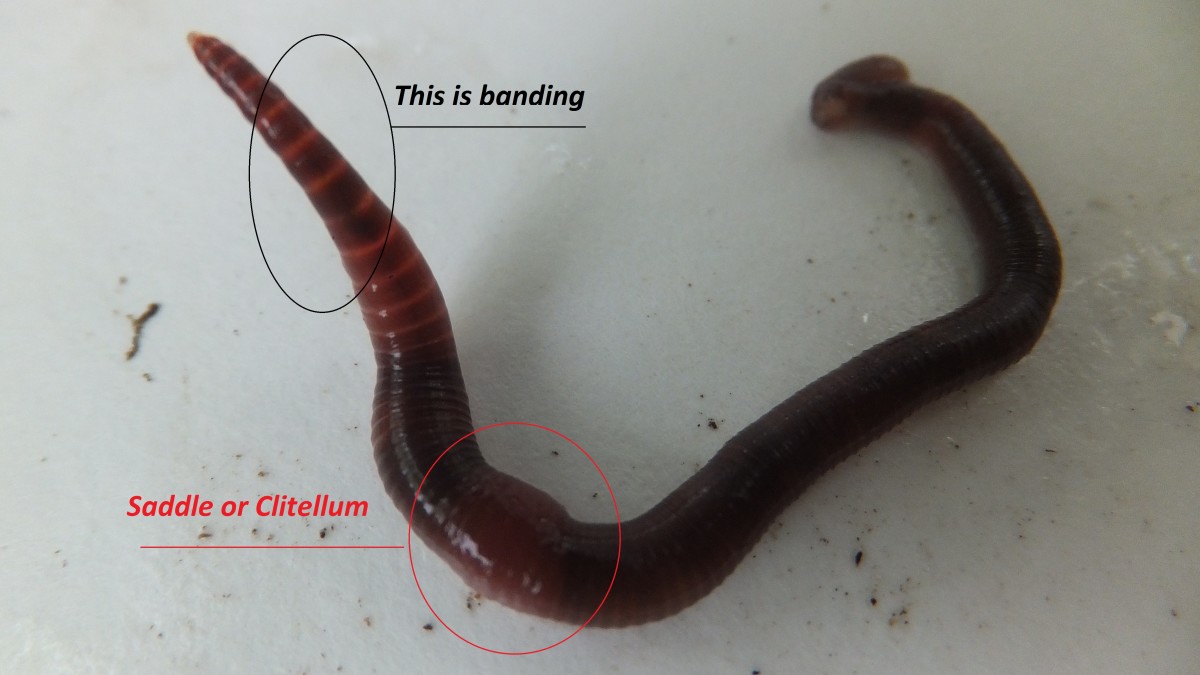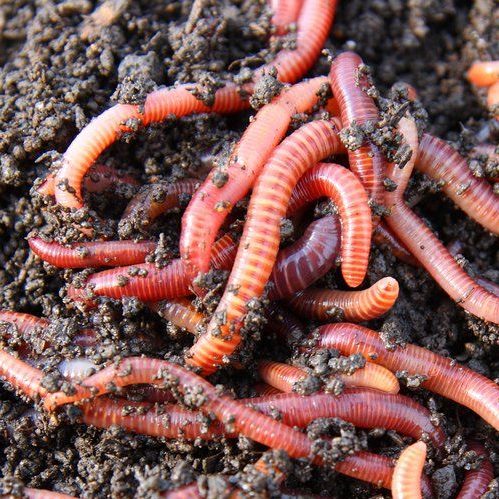Maximize Lawn Growth with Top-Rated Products from Red Wiggler Express
Open the Tricks of Red Wigglers: Your Guide to Composting Success
The integration of red wigglers into composting techniques provides a considerable opportunity for boosting dirt health and wellness and advertising sustainability. These microorganisms are not merely effective recyclers of organic waste; they use a myriad of benefits that can change yard monitoring. Recognizing their demands and actions is essential for optimizing their capacity, from establishing an ideal worm container to feeding them the right products. As we discover the vital elements of effective vermicomposting, one may ask yourself exactly how these little creatures can lead to a much more vibrant and productive yard ecological community.

What Are Red Wigglers?
(Red Wiggler Express)Red wigglers, scientifically called Eisenia fetida, are a types of earthworm largely made use of in composting as a result of their remarkable capacity to decay natural matter efficiently. These worms are identified by their reddish-brown coloration and a segmented body, usually gauging between 3 to 4 inches in length. Unlike various other earthworm types, red wigglers flourish in rich, natural settings, making them optimal for vermicomposting systems.
Belonging To North America, they are often located in decaying leaves and compost heaps, where they play an important role in nutrient recycling. Their adaptation to living in a damp, cardiovascular atmosphere enables them to take in large quantities of natural waste, damaging it down into nutrient-rich castings that improve soil health.
Red wigglers duplicate swiftly, with a single worm with the ability of generating numerous cocoons weekly, each having several hatchlings. This fast reproduction rate adds to their efficiency in composting procedures. They like temperature levels between 60 ° F and 80 ° F, and their task level increases considerably within this variety, more aiding in the decay process. Comprehending the biology and actions of red wigglers is important for maximizing their possibility in composting applications.
Benefits of Utilizing Red Wigglers
Utilizing the power of red wigglers in composting offers many benefits that enhance dirt health and wellness and advertise sustainable waste management. These amazing organisms efficiently break down natural issue, transforming cooking area scraps and backyard waste right into nutrient-rich vermicompost. This ended up item is extremely beneficial for plant development, as it improves dirt framework, enhances wetness retention, and enhances vitamins and mineral availability.

(Red Wiggler Express)Furthermore, the presence of red wigglers in your composting system can accelerate the composting process, creating high-grade garden compost in a fraction of the time contrasted to conventional techniques. The spreadings produced by these worms are likewise including beneficial microorganisms that further enrich the soil community.
Setting Up Your Worm Bin
Creating a reliable worm container is a straightforward process that can substantially improve your composting efforts. Worm bins can be made from plastic storage containers, wood boxes, or commercially offered worm containers.
Next, prepare the bedding material, which serves as the worms' habitat. A mix of shredded paper, cardboard, and coconut coir works well, providing a comfy setting for the worms.

Feeding Your Red Wigglers
To ensure the wellness and productivity of your red wigglers, it is necessary to offer them with a well balanced diet that fulfills their dietary demands. Red wigglers thrive on a diverse variety of natural materials, which not just supply necessary nutrients but additionally promote reliable composting.
Begin by including cooking area scraps such as vegetable peels, fruit cores, and coffee grounds. Stay clear of citrus fruits, onions, and garlic, as these can be damaging to worm health and wellness. Additionally, introduce shredded paper, cardboard, and dry fallen leaves to develop a well-aerated environment.
Feeding frequency must be kept track of; usually, worms can take in half their body weight in food weekly. It is important to avoid overfeeding, as excess food can cause undesirable smells and attract bugs. A good practice is to add food in percentages, allowing worms to refine it prior to presenting more.
Preserving dampness degrees is likewise crucial; the bedding must be wet yet not soggy. Be sure to consistently examine the temperature and pH levels of the container to make sure an optimal environment for your red wigglers, inevitably improving their composting performance.
Harvesting and Making Use Of Compost
An effective composting procedure with red wigglers culminates in the rich, dark compost called vermicompost, which can significantly enhance soil health and plant growth. Gathering this nutrient-dense product commonly happens every three to 6 months, depending on the size of your system and the amount of organic matter being refined.
To harvest, carefully separate the compost from the worms and any kind of undecomposed materials. One effective method involves relocating the contents of see here the bin to one side and including fresh bedding and food to the empty area, motivating the worms to move. After a couple of days, the garden compost can be accumulated from the contrary side.
It is vital to make use of vermicompost correctly to maximize its advantages. It can be utilized as a leading dressing for yard beds, mixed right into potting soil, or made right into a nutrient-rich fluid fertilizer referred to as "worm tea." This application method helps to supply vital nutrients straight to plant origins, advertising healthier growth. By integrating vermicompost into your horticulture routine, you not just reuse natural waste but additionally create a successful ecosystem that supports lasting gardening practices.
Final Thought
In summary, red wigglers work as phenomenal allies in composting initiatives, changing natural waste into nutrient-rich vermicompost (Red Wiggler Express). Their one-of-a-kind biological attributes and reliable waste processing capacities add considerably to sustainable horticulture techniques. By comprehending the optimal problems for their habitat, feeding requirements, and compost harvesting methods, gardeners can boost soil wellness and advertise plant vitality. Welcoming vermicomposting not just decreases land fill waste but also cultivates a much more ecologically accountable technique to horticulture and source monitoring.